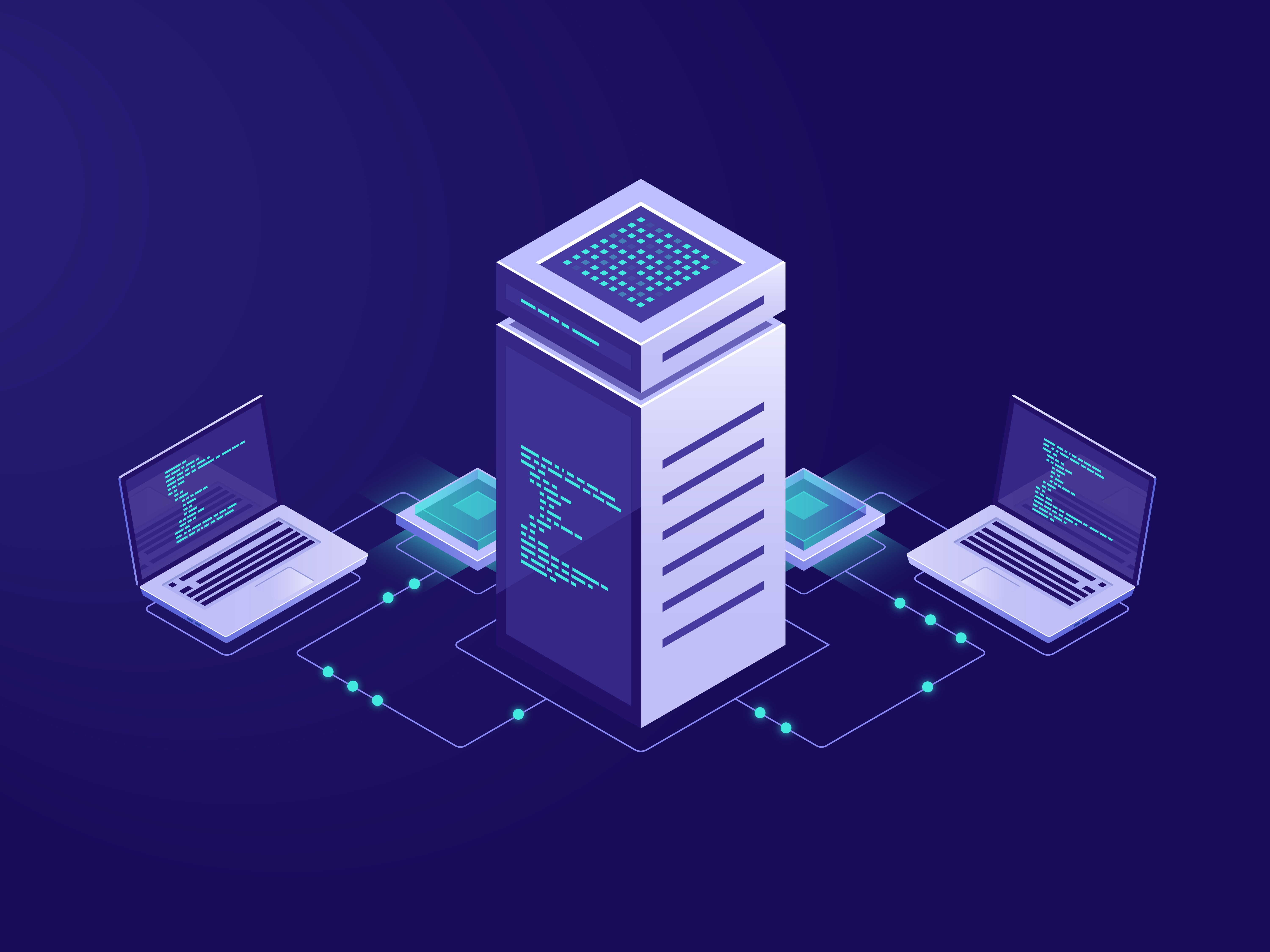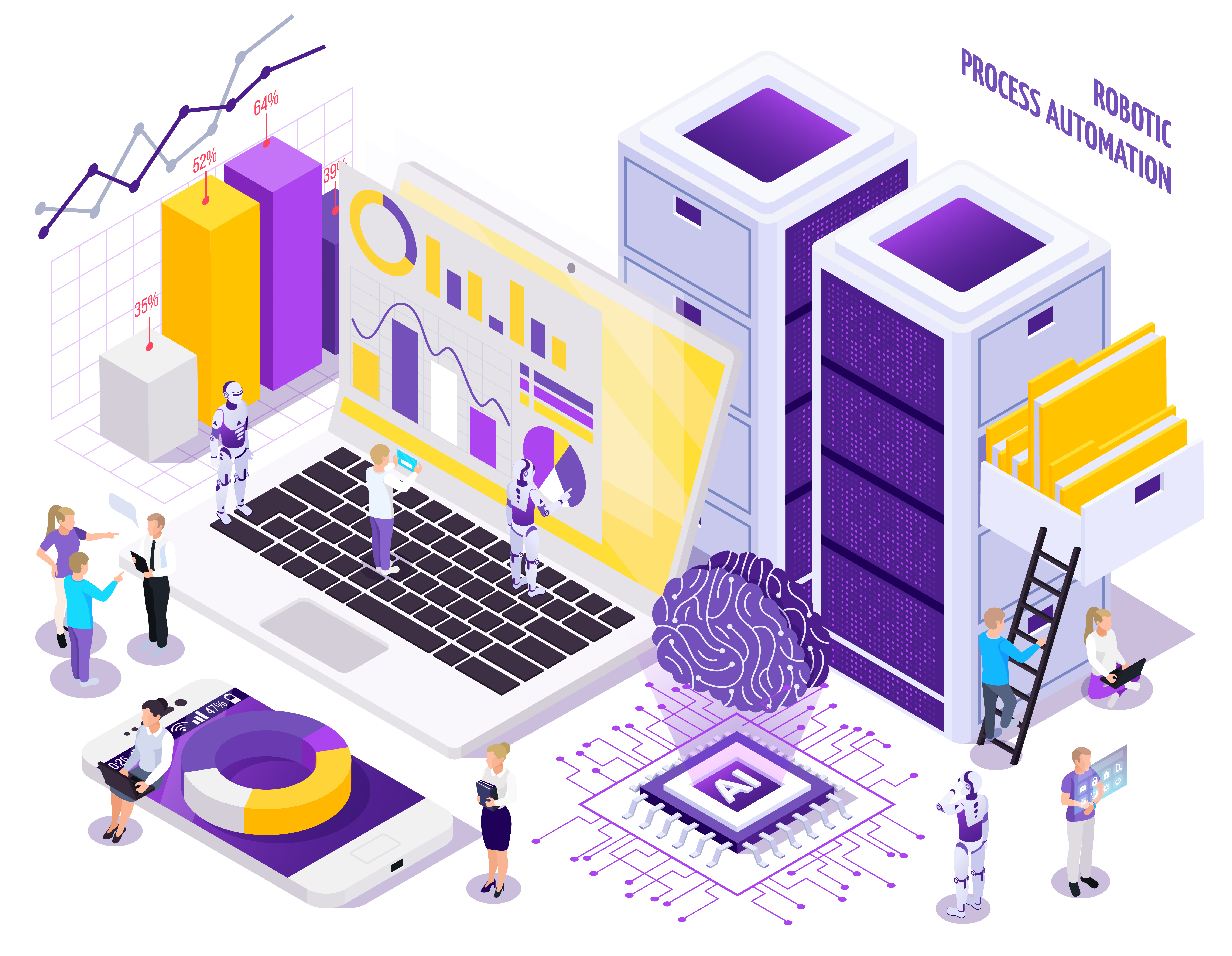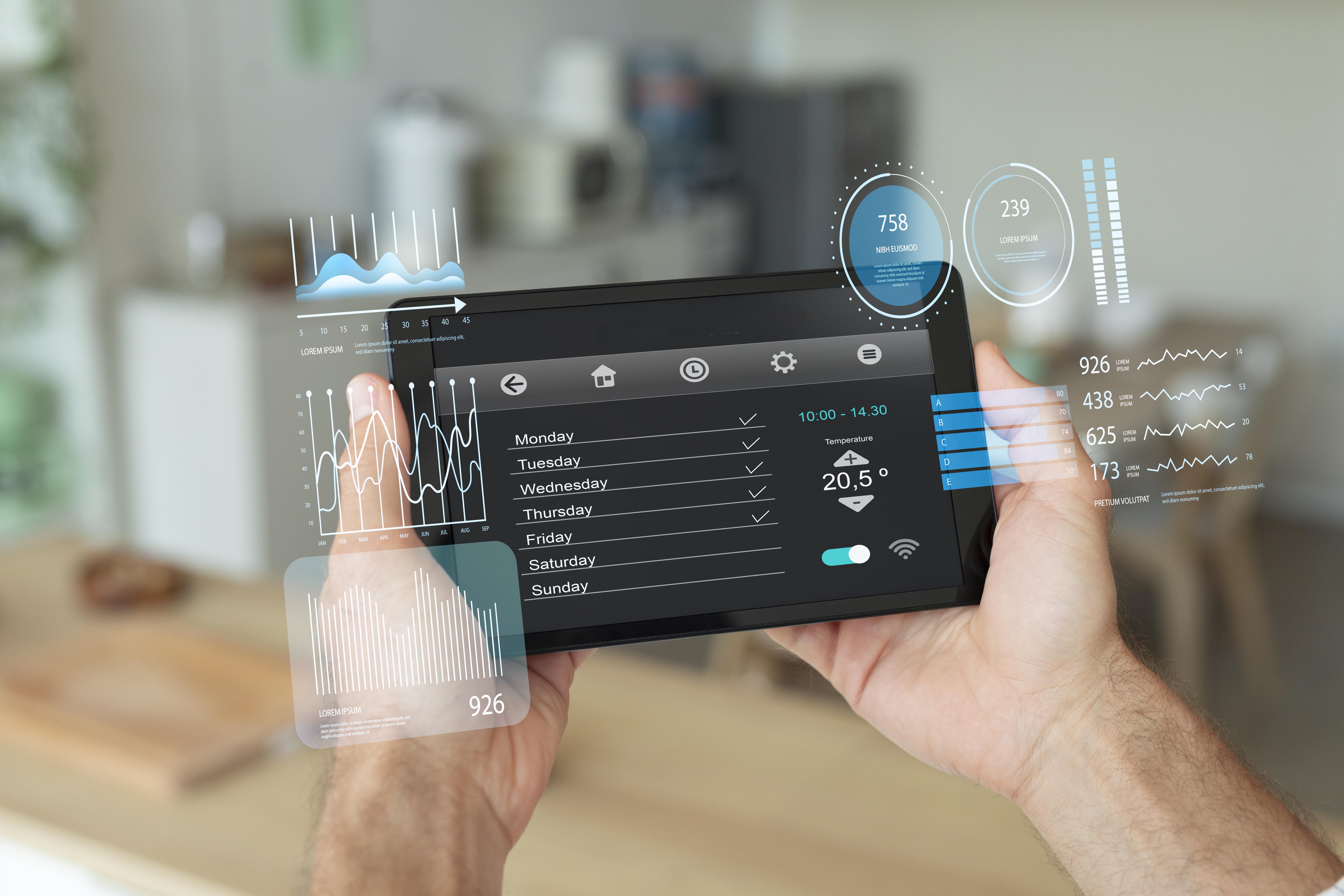This term can be abbreviated as RTOS.
What is RTOS?
Real-Time Operating System is a multi-tasking operating system designed for real-time applications. RTOS has a widespread use today, from military to personal devices.
Components
Real Time: Real time is the response time of executed transactions between a certain values. This value is especially important for embedded systems. It may even be very critical in some systems. Therefore, some mechanisms should be used in these systems to guarantee real time. From this point of view, RTOS is a mechanism that guarantees real time.
Operating system: A system program that interfaces between hardware and application programs. With the abstraction layer created by this program, it enables the user to access my equipment more easily by using the popular software languages used today. Since RTOS is essentially an operating system, it allows designers to use the conveniences provided by the operating system when used in their embedded systems.
Why use RTOS?
RTOS is not an essential component for all real-time applications in embedded systems. Nevertheless, as the complexity of applications increases, the need of RTOS becomes more evident. The introduction of embedded systems with more complex equipment day by day has made it increasingly difficult to manage the tasks expected from the system. In such applications, RTOS is used to develop effective real-time application to meet required performance.
The difference of real-time operating systems from the operating systems we use in daily life; is that the programs working on it are "real time". In other words, running applications must complete their duties within a certain period. The real-time operating system gives programmers who write applications on it more control over the relative priorities of applications.

























